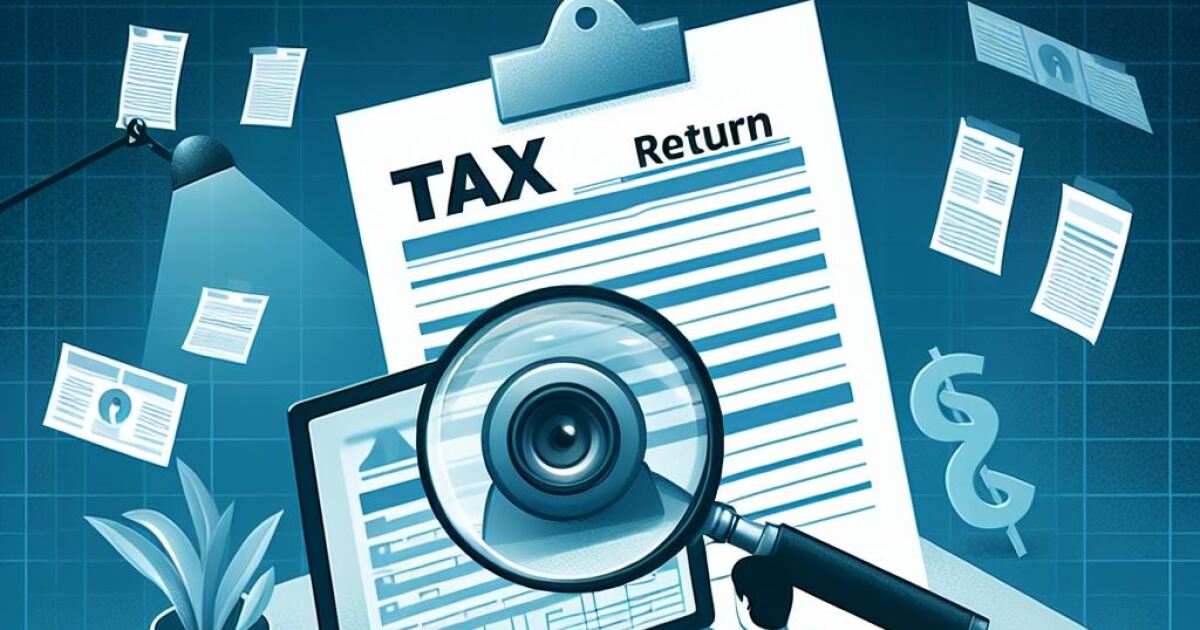Enjoy complimentary access to top ideas and insights — selected by our editors.
You and your team have worked tirelessly to complete clients’ tax returns accurately and on time this past tax season. You’ve sifted through hundreds of scattered documents, statements and receipts. You’ve reviewed fact patterns and precedents and double-checked the Tax Code well into the evening hours. Then when it comes time to deliver a thick summary (tax return) of each client’s financial life over the past year, all you need them to do is review it and sign it.
But after all that work and stress, most clients don’t care. There are just three things they want to know at tax time:
1. How much do I owe? (The What)
2. How do these numbers compare to last year? (The So What)
3. What can I do going forward to pay less? (The Now What?)
If you drop a 137-page tax return in your client’s mail (or inbox) with your bill attached, they won’t look it over carefully. They’ll skip to Line 37 (how much is owed/overpaid), glance at your bill, and decide if they feel the amount was worth the result.
This common approach at tax time does not help clients answer Question 2 (So What) and Question 3 (Now What) above. All you’ve done is explain to them “The What.” If you’re not taking the time to explain the “So What” and the “Now What,” they’ll wonder if you (or another firm) could have done better for them.
Too often, a partner’s assistant or a junior tax person sends off the return to the client and says, “Please sign. You owe $29,000.” That’s it. The loop is closed. Obviously, this is not a great experience for clients.
At this point in the year, I know you’re exhausted. The last thing you want to do is sit down with each client and go over their tax returns with them. But this is the only time of year when you have their undivided attention. Take advantage of this opportunity now!
Suppose you created a short, three-minute video for your better clients that briefly walks them through the highlights of their return. The video could then show them a quick comparison of their 2023 vs. 2022 numbers and explain what’s changed, what you see as the next steps moving forward, and what you’ll be paying attention to in the year ahead.
You should be able to address all those questions in a simple three-minute video. It doesn’t need to be an elaborate Hollywood production. You can use your computer’s microphone, camera and low-cost recording software such as Loom or BombBomb (Disclaimer: The author has no commercial or promotional ties with the products mentioned in this article). See my earlier article for more video recording basics. Clients will love the videos. They’ll tell their friends about it the rest of the year, and videos can help you distinguish yourself from all the other firms out there.
Doing these short video summaries has many other benefits for your firm:
1. They give you the ability to add more revenue from clients. That’s because clients now see how they can use your firm for higher-level services such as tax planning, entity planning or cash flow planning to improve their financial outcome in the year ahead (see Now What above).
2. They save you time. How often have you emailed a client who responds, “I need to talk to you”? You’ve essentially sent them into the darkness, and they have no idea what’s happening with their financial situation. Naturally, they have questions, but with a three-minute summary video, you could have answered 90% of their questions in advance rather than taking a call. Think about how much time that saves you — not just for the length of the call, but for all the scheduling and prep work before the call.
Three-minute summary videos are an asset, not an expense. They can massively increase productivity.
3. They’re a great prep tool for your mid-year meetings. How often have you walked into a mid-year client meeting not remembering their issues or what you talked about the last time you met? Suppose you sent them a summary video when you delivered their tax return. In that case, you can review that video right before the mid-year meeting and instantly recall any color you added to their situation. You won’t have to spend half the meeting trying to remember everything you talked about last time. Even better, your client will probably re-watch the video before the meeting. Nobody is so busy that they can’t find three minutes to review a video.
You could start with just your best 20 or 30 clients, but I’m sure you’ll be amazed by the feedback and want to roll out video summaries for the rest of your client roster. Remember, the mind is for having ideas, not for storing them. As I wrote earlier this year, Don’t succumb to the forgetting curve this tax season.
At this time of year, you want to close the loop with clients. Don’t just ask them to sign their return and hit them with a bill. When you do that, you’re essentially sending them two bills — one from the IRS and then one from you. That’s not building a relationship or showing them how your expanded level of services could help them achieve better financial outcomes and more peace of mind.
The What, So What and Now What is your opportunity to discuss how you can add value to the relationship between April and December? Video summaries are a great way to get the ball rolling. How does your firm follow up with clients after delivering their tax returns? I’d love to hear from you.


 Economics1 week ago
Economics1 week ago
 Economics1 week ago
Economics1 week ago
 Economics1 week ago
Economics1 week ago
 Finance1 week ago
Finance1 week ago
 Blog Post1 week ago
Blog Post1 week ago
 Economics1 week ago
Economics1 week ago
 Personal Finance1 week ago
Personal Finance1 week ago
 Economics1 week ago
Economics1 week ago











